When you are born, you cry, and the world rejoices.
When you die, you rejoice, and the world cries. —Old Proverb
Death is the final act of life, but many believe burial to be the opening act to the afterlife. Many different traditions have developed throughout the world, from dealing with the spread of disease to properly respecting the dead. Some of these conventions may seem crazy, weird, or unusual, but there is always a logic.
29. Tower of Silence
The Zoroastrians believed that if a dead body touched anything, that thing was now spoiled (and dead bodies are indeed one of the most common ways disease spreads). The body would be cleansed in Bull urine before it was placed on top of a circular tower, called the Tower of Silence, for vultures to have their way with.
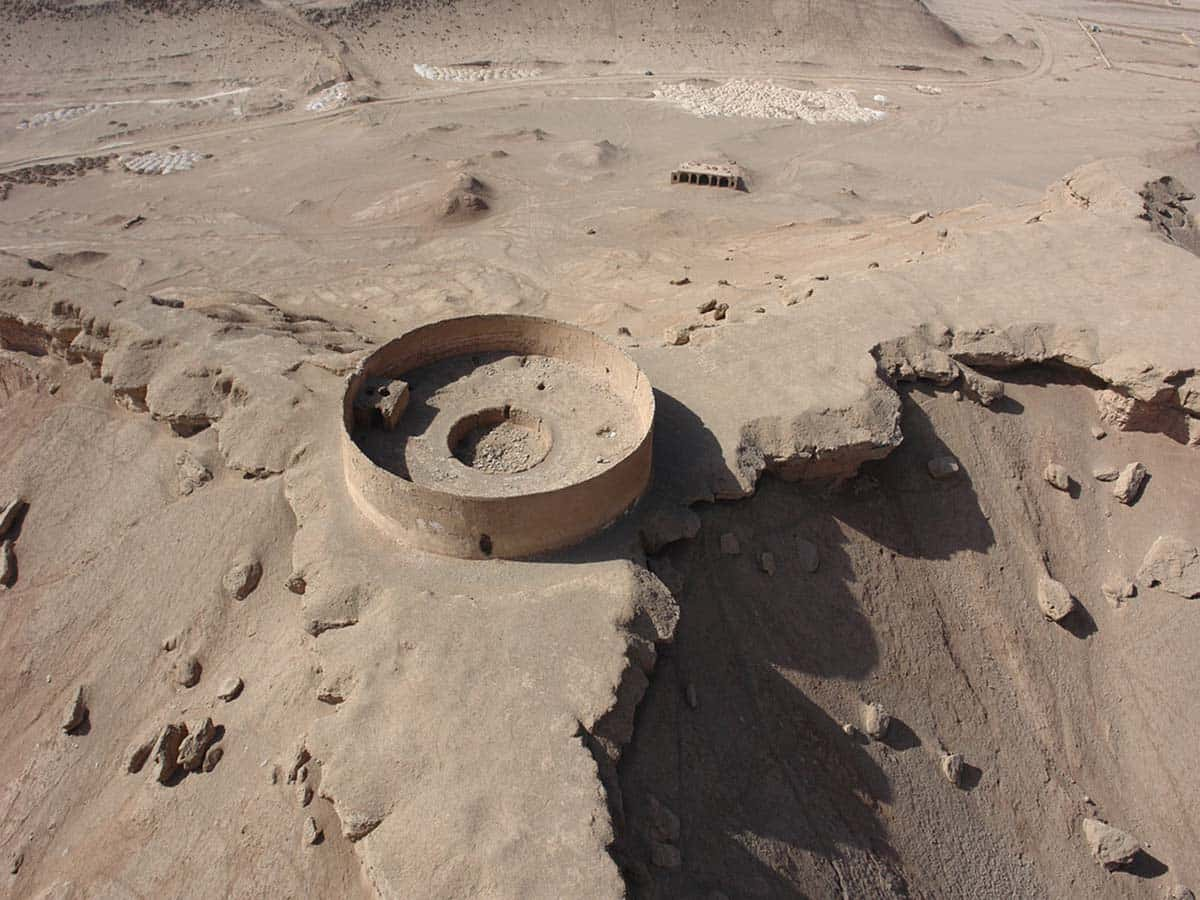
28. Crossroads
In ancient England, suicide was seen as a crime, and suicided bodies were buried at crossroads. This was done to confuse the spirit of the deceased, as suicidal spirits were believed to return home and haunt their village.
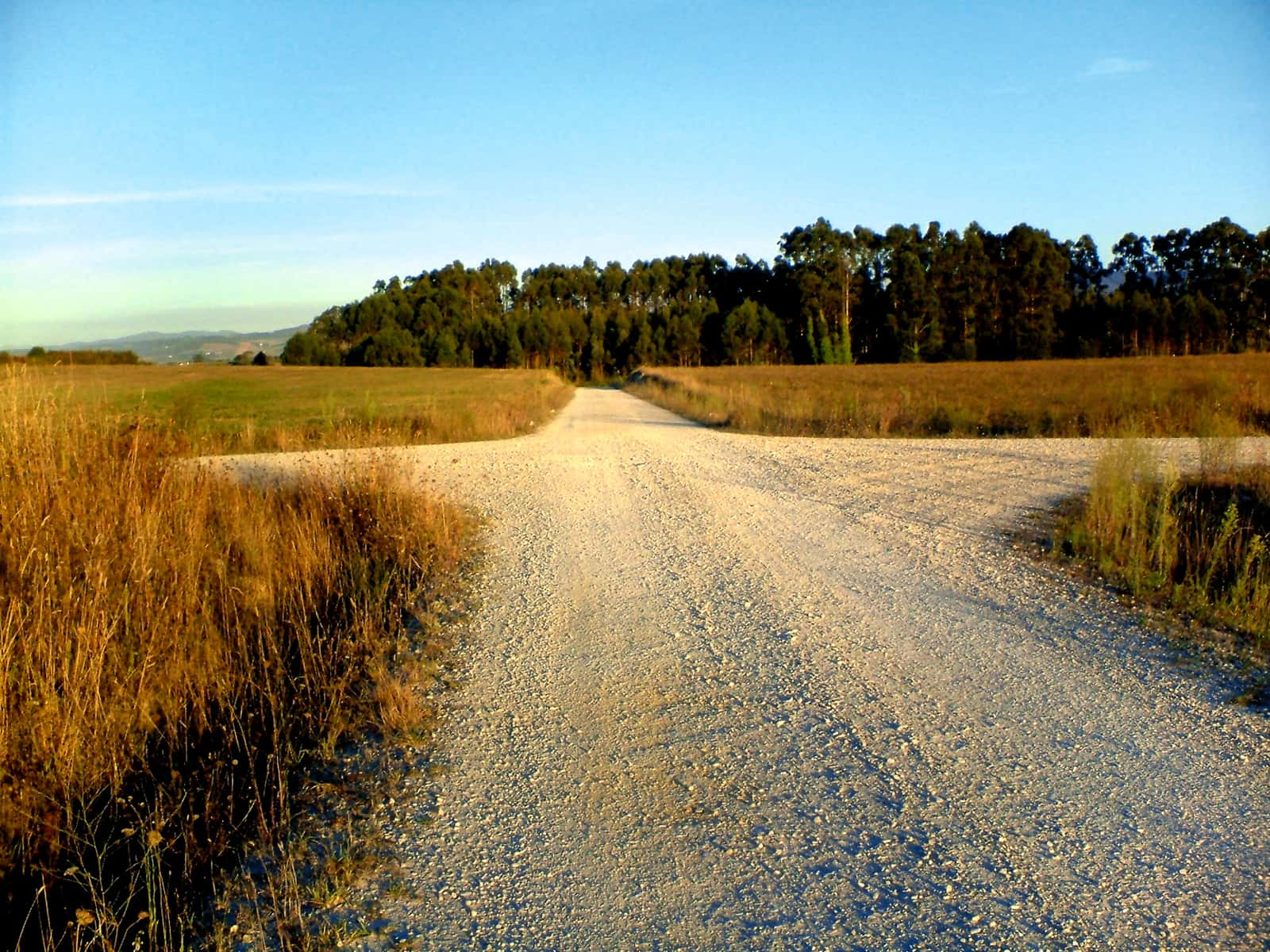
27. Lama’s Guidance
In Mongolia, the traditional burial ceremony is an intricate process led by the local lama. How the ceremony unfolds is up to the lama's discretion, but they’re the only one allowed to touch the body. They pray, place blue stones in the bed of the body, and a white veil is placed over the face to prevent evil spirits from penetrating. When the body is ready for burial, it is passed through a small hole or window to prevent evil from slipping through. At the grounds, outside the village, the body is outlined in stones and dogs may consume the remains. Afterwards, the stones are kept in place as a memory of the deceased.
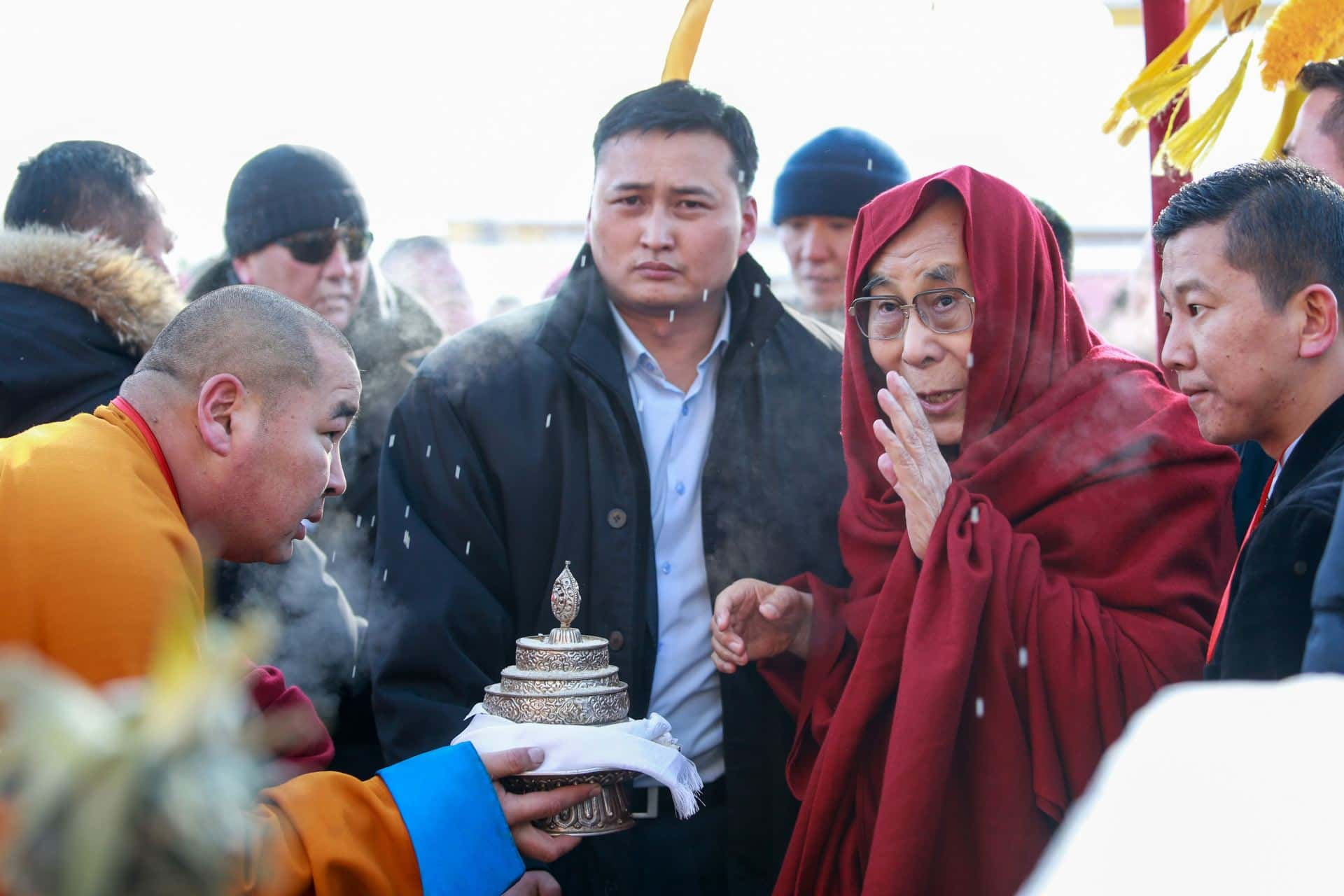
26. Pit Burials
Though the traditional burial is now outlawed, before European contact, the Haida of the Pacific Northwest simply placed their deceased into a large pit behind the village for animals to eat. If a prominent figure in the community passed away, then the body was crushed, placed in a wooden box, and fitted atop a totem pole outside of the tribe’s longhouse. The totem acted as a guardian for the journey of the spirit in the afterlife.
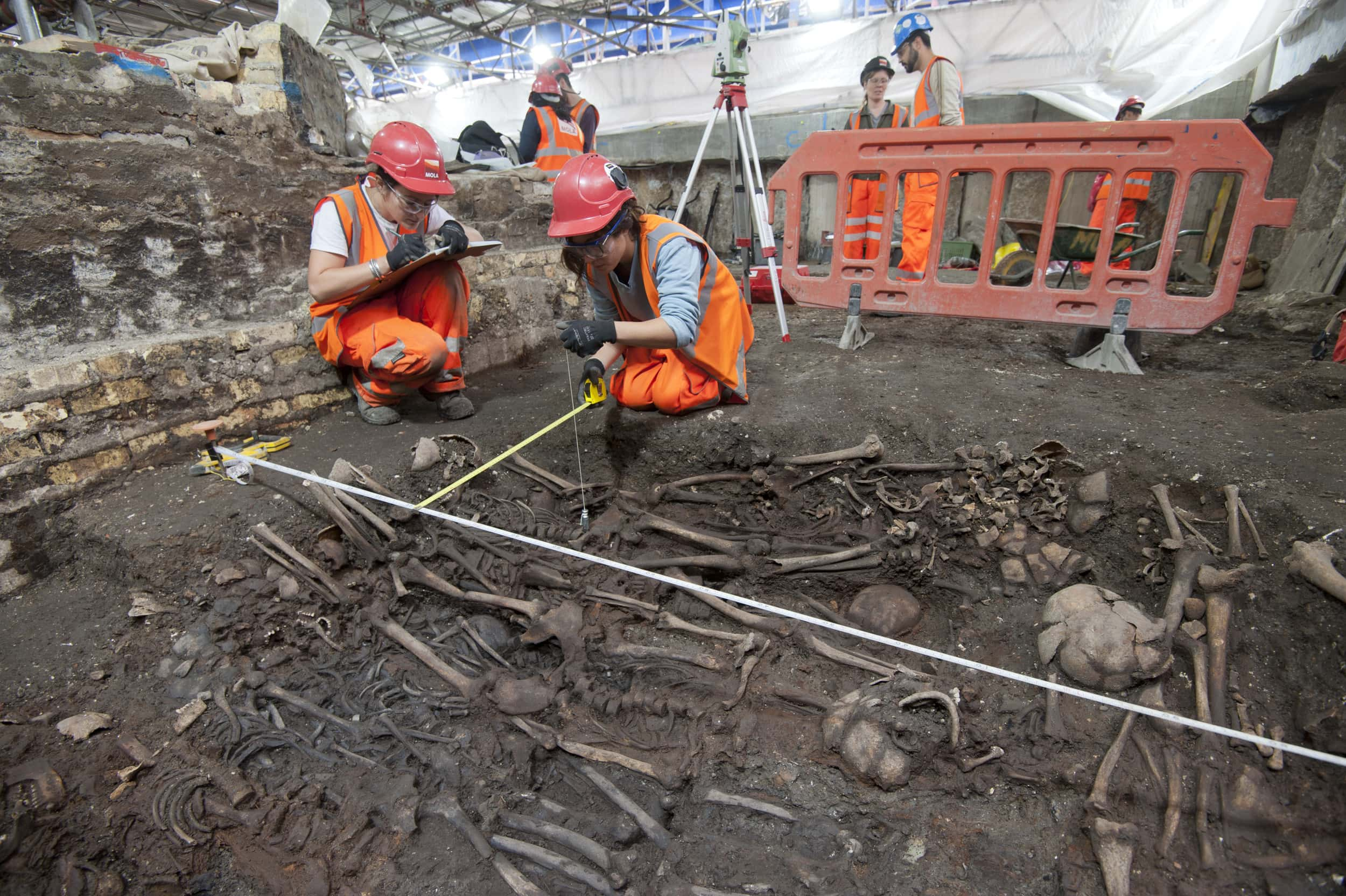
25. No Life After Death
For the Maasai of southern Kenya and northern Tanzania, burial is reserved for chiefs solely as a sign of respect and given to no one else. The body is seen as harmful to the soil, and corpses are therefore left for scavengers to consume. The Maasai do not believe in an afterlife: once your journey in life is over, it’s over.
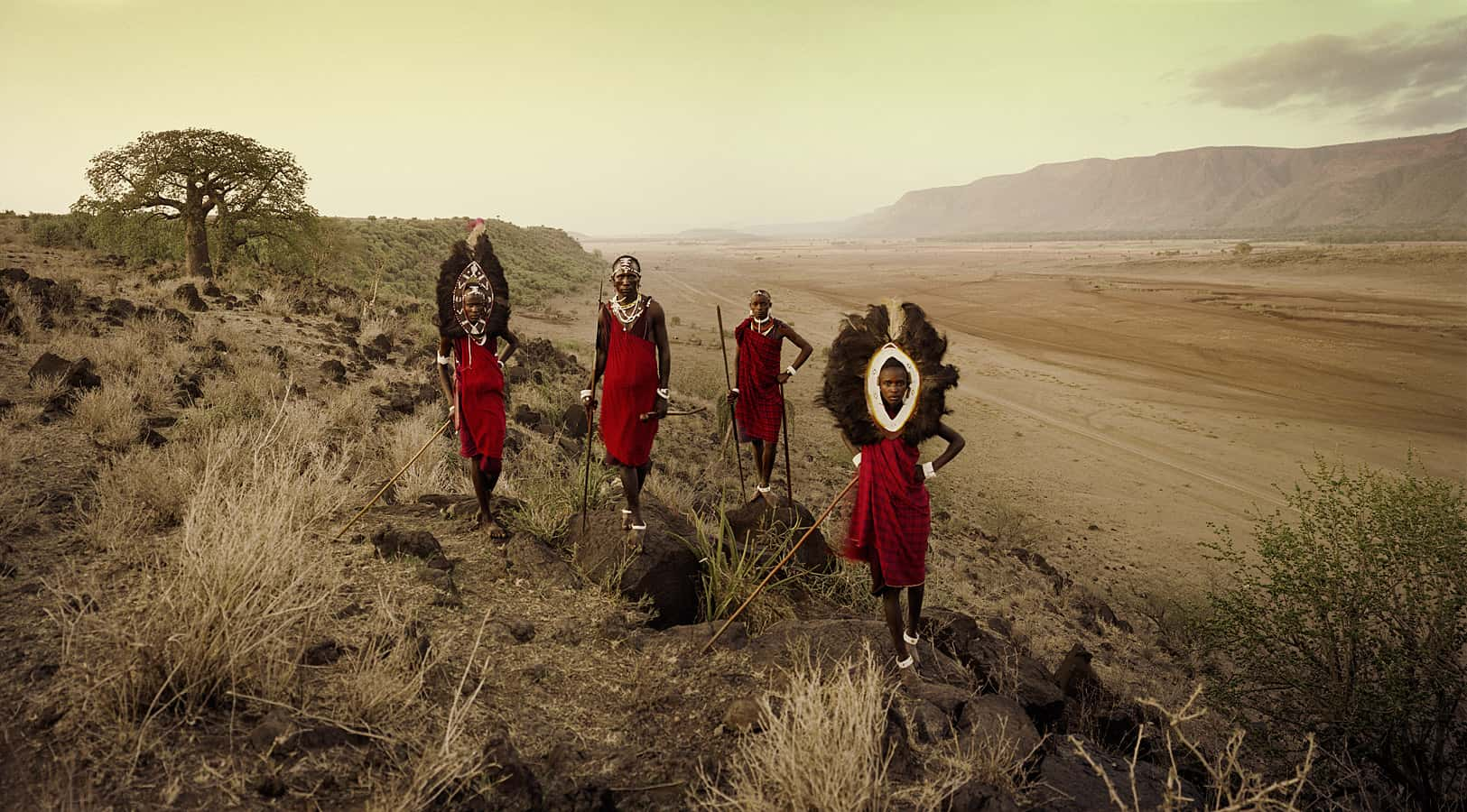
24. Skull Burial
Kiribati is a sovereign island nation in the Pacific where the traditional burial custom is for people to lay their deceased out in their homes for up to 12 days, depending on their status, before interning them. Months after the internment, the body is dug up and the skull removed, cleaned, polished, and placed in their homes. Custom says the presence of the skull allows for the spirit to be welcomed by the native god, Nakaa, to the northern end of the island.
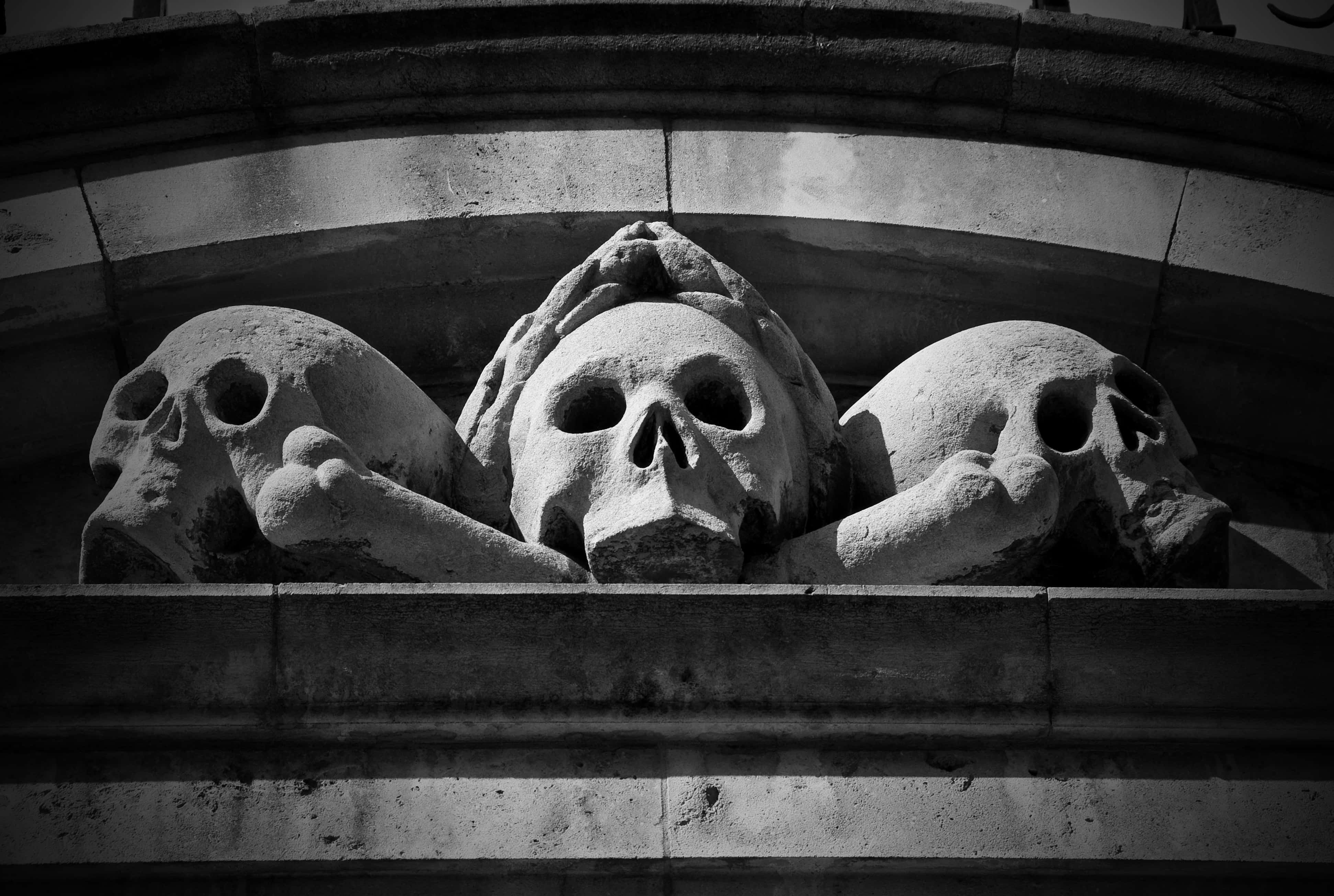
23. Eternity in a Cave
You’re in Hawaii, it’s beautiful, you’re walking on the incredible beaches, and then stumble into a cave. Next thing you know you're face to face with a corpse. Don’t fret, it’s just a traditional burial site. The custom is to bend the body into the fetal position and then cover the body with a cloth made from mulberry bark. Many caves along Maui still have these burial sites.
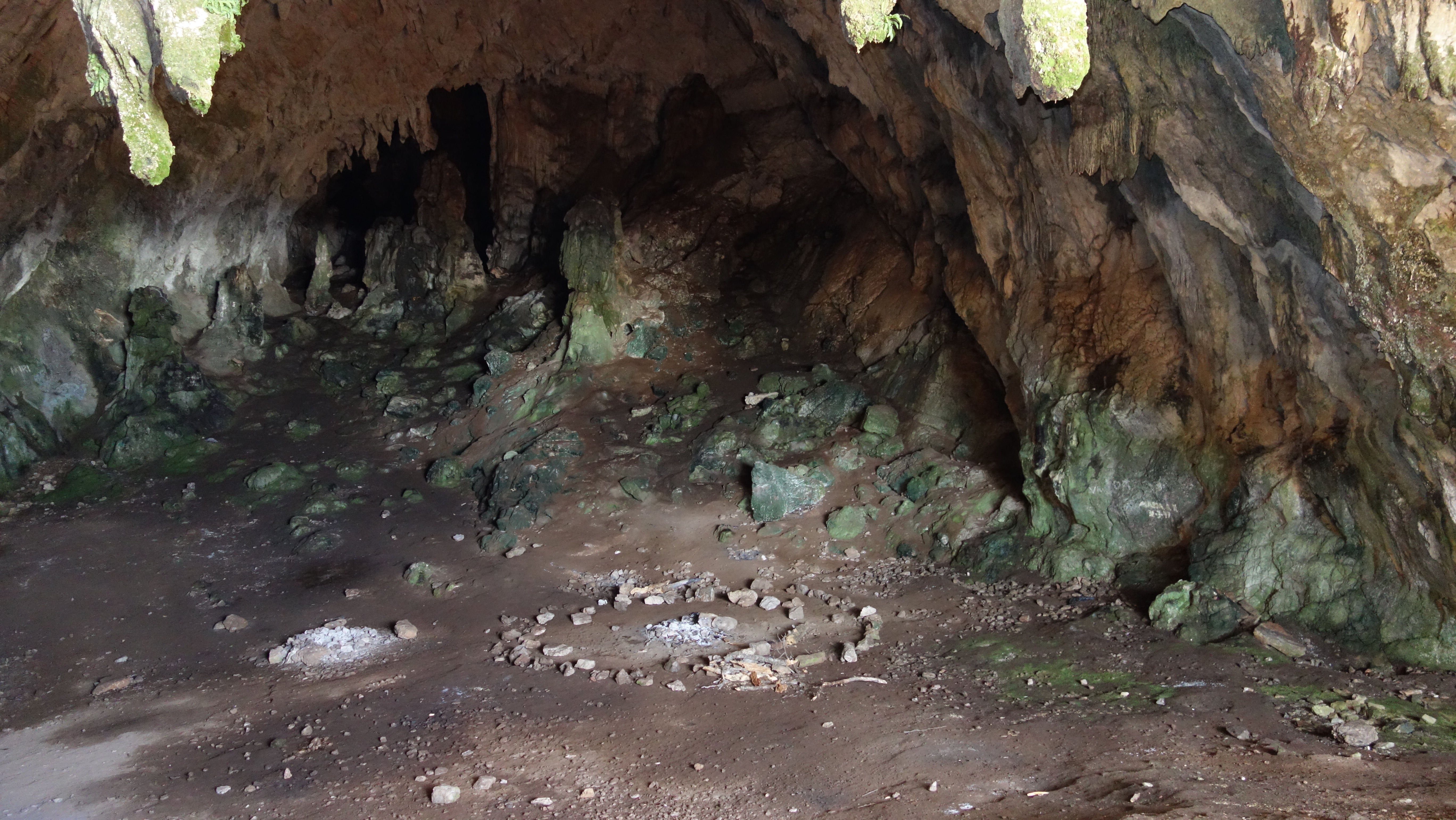
22. Dead Man Standing
El muerto parao has arisen in Puerto Rico in place of traditional wakes because why not freak out family and friends? Instead of having the body in a casket, the corpse is propped up on a chair with its eyes held open while an elaborate memorial is staged around them.
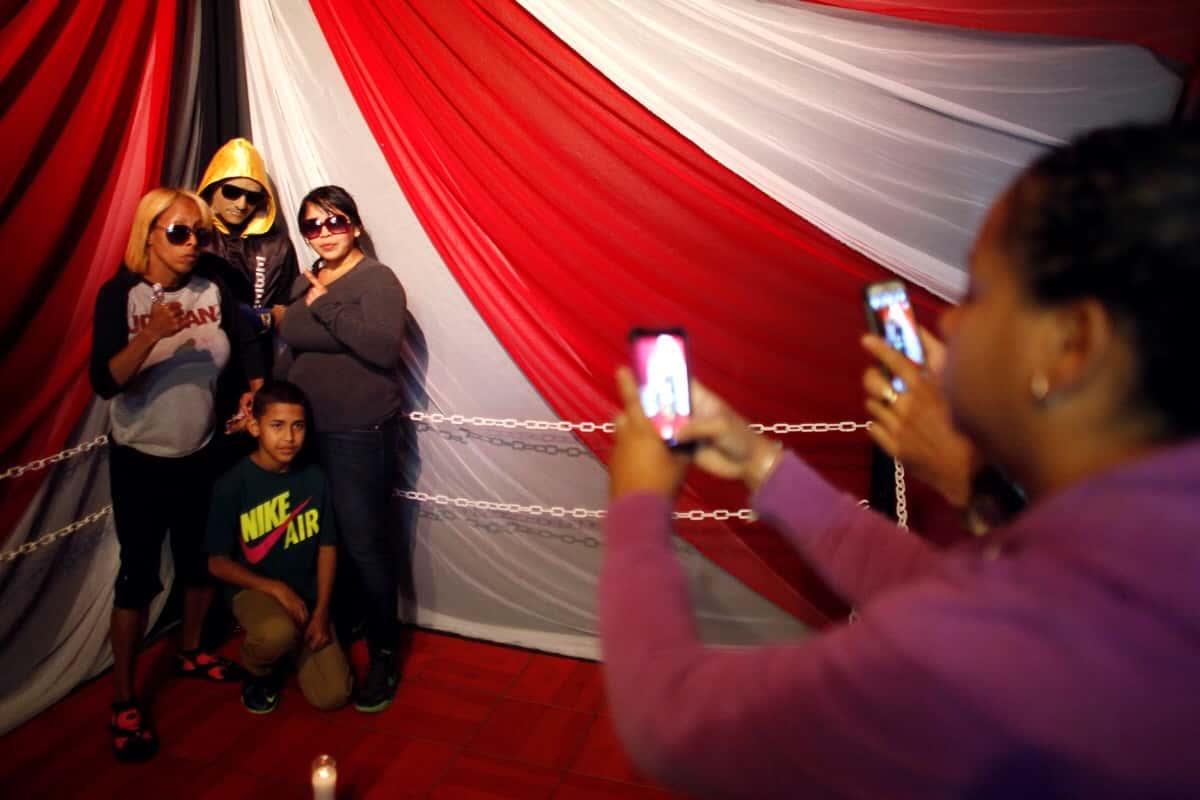
21. Ring Around The Rosie
LifeGem is an American company that presses the ashes of loved ones into diamonds and places them on a ring for you to wear. Uhh...

20. Beaded Death
Korea has had an issue with burial space recently due to its extremely mountainous territory and 50 million people. The solution? Cremate corpses and then compress their ashes into beads. You can choose the colors and numbers of the beads and display them throughout your home.
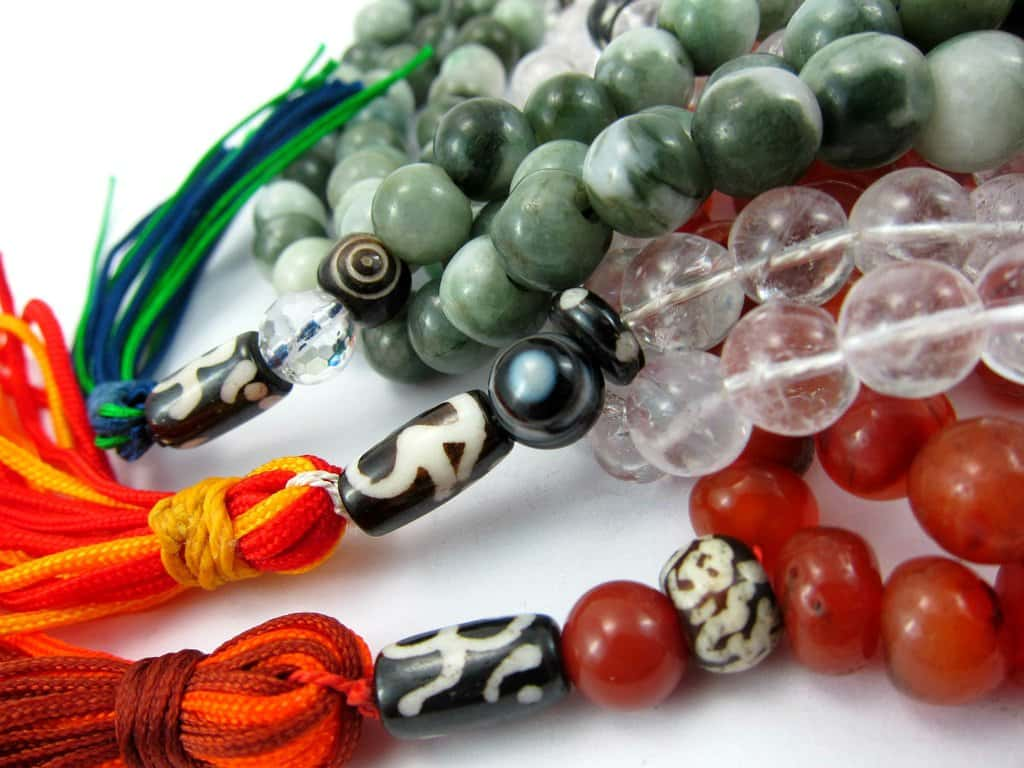
19. Six Feet Under
When the plague was running rampant in England in 1665, the mayor of London ordered that "all graves...be six feet deep," birthing the phrase we know now.

18. Painful Mourning
A tribe in Fiji would mourn a tribal chief's death with a nine-day period of having the women lash the men with whips, while the men shot hard clay through bamboo at the women. Self-inflicted wounds were common, and they often cut off their toes or burnt themselves. As we learned in The Princess Bride, life is pain.
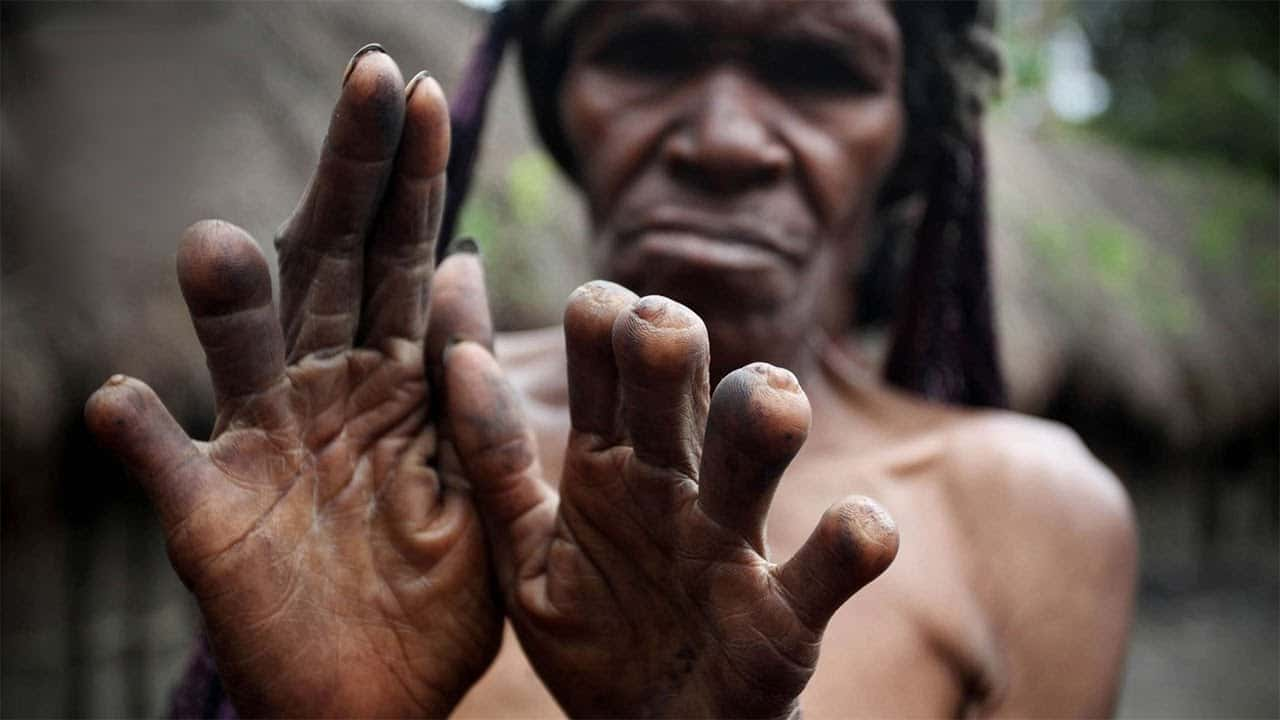
17. Where The Sun Rises
Western burials often face the east; this goes back to the Pagan desire to have the dead face the rising sun.

16. Idle Hands
The last remaining kingdom in the South Pacific, Tonga is a nation of Polynesian islands. Their kings are considered untouchable during their lifetime, and after their death only a few “sacred hands” are allowed to handle the body. These people, known as nima tapu, are forbidden from using their hands for any other task during the period of mourning, which lasts 100 days. Luckily for them, they are given servants to wait on their every need. Hm, every need?
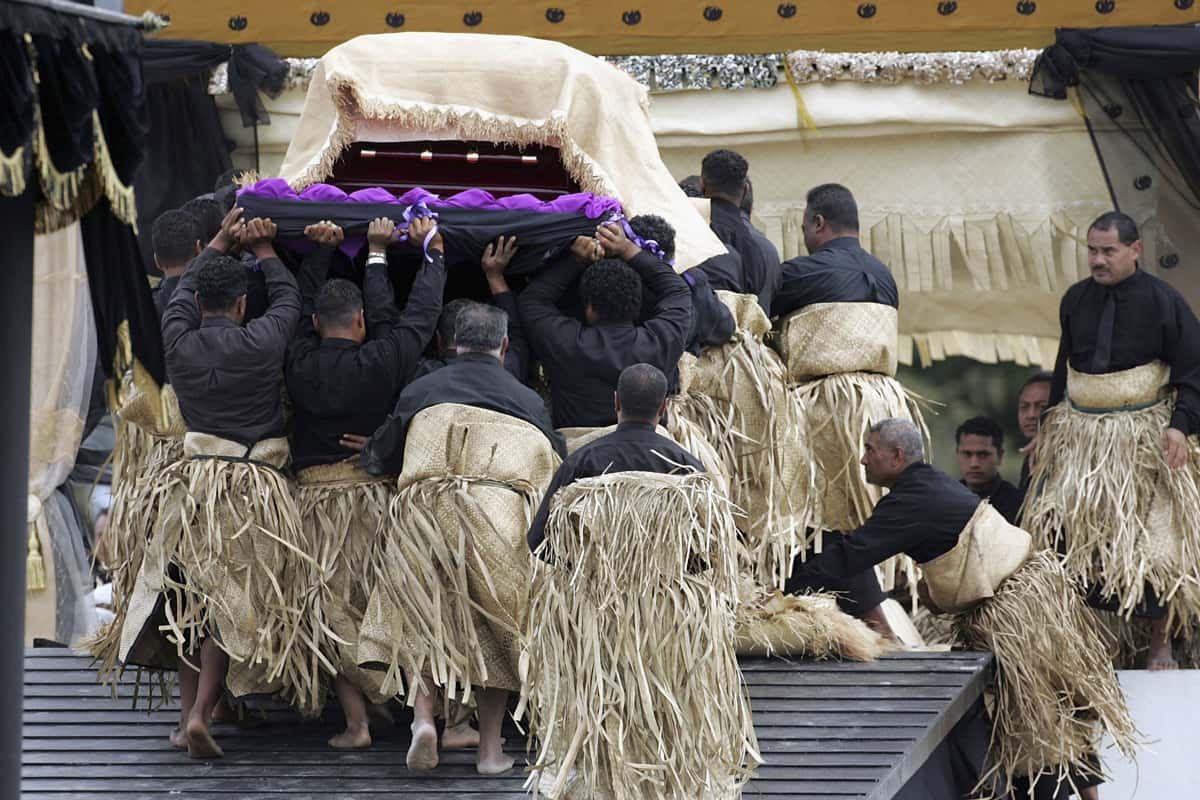
15. Strip Club
Some people just want one more lap dance before they’re in the ground forever. In Taiwan, a tradition has developed of strippers being hired for burial ceremonies, where they spice up the ceremony.

14. Old Family Recipe
The Philippines are home to some interesting burial customs. The Apayaos of the island Luzon will fill the coffin of a corpse with protection for the deceased's journey, and then bury them below the kitchen of their homes. This way you’ll never lose grandma’s recipe.
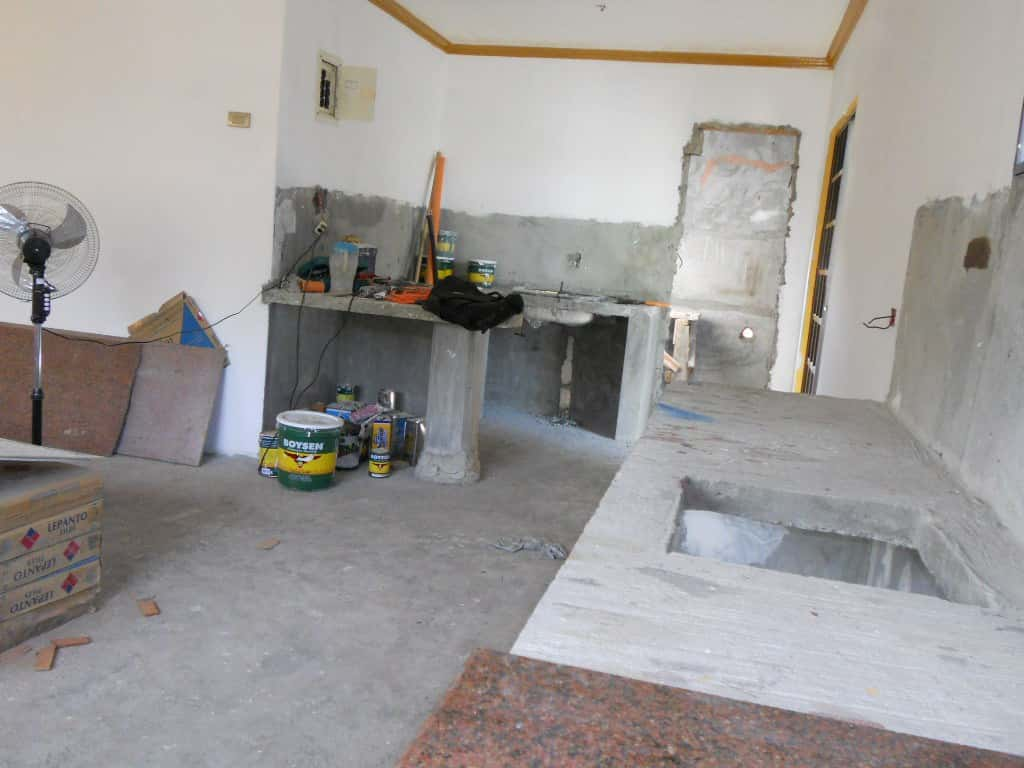
13. Tree of Death
Trees breathe life into us, so why not return the favor? The Caviteño people live near Manila. When reaching death, a person will choose a tree, which is then hollowed out in anticipation of their death. For burial, they are entombed vertically inside of the tree.
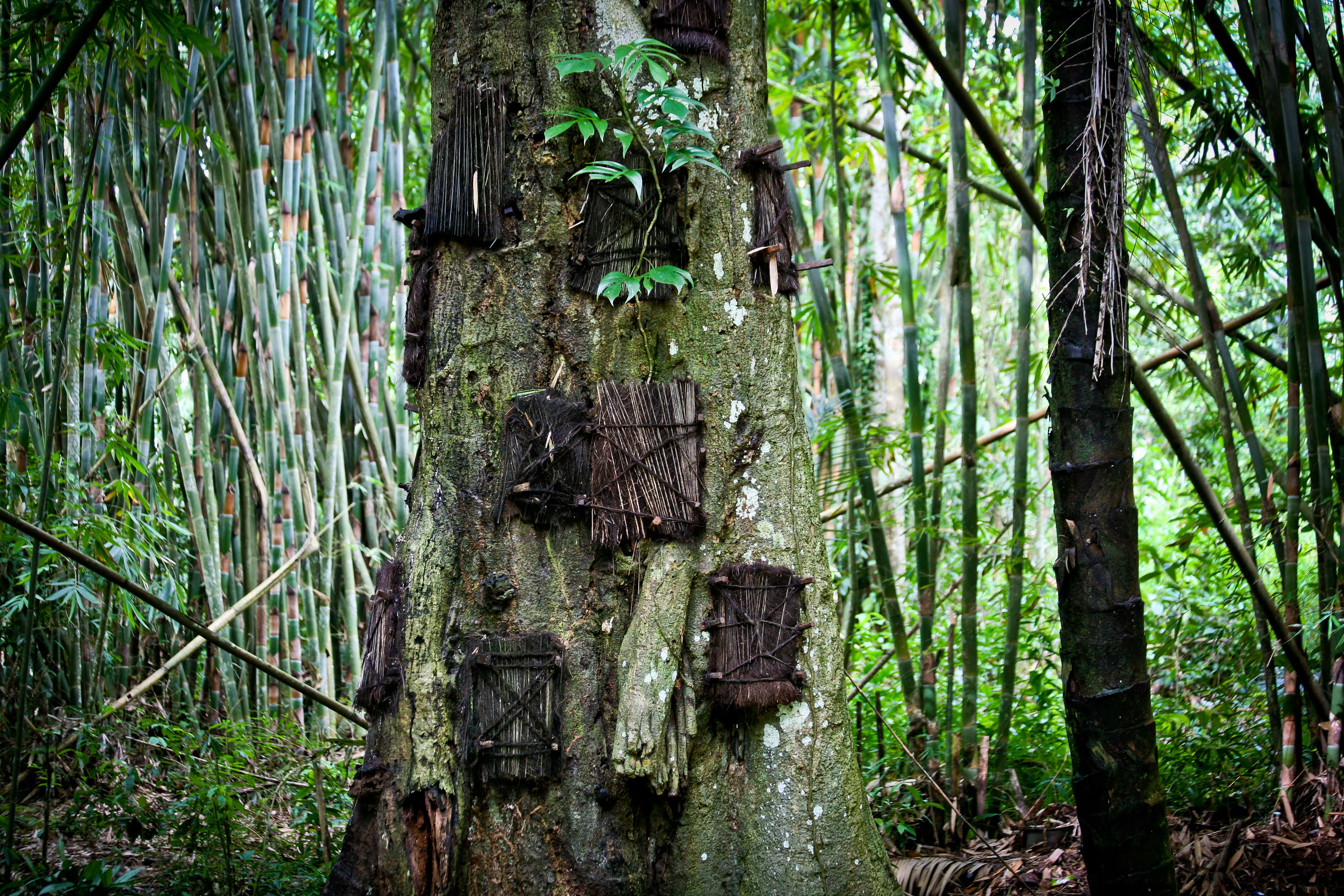
12. Blind Welcome
Still in the Philippines, the Benguet people keep the custom of blindfolding their dead relatives and placing them at the entrance of their home for eight days. How’s that for a welcoming?
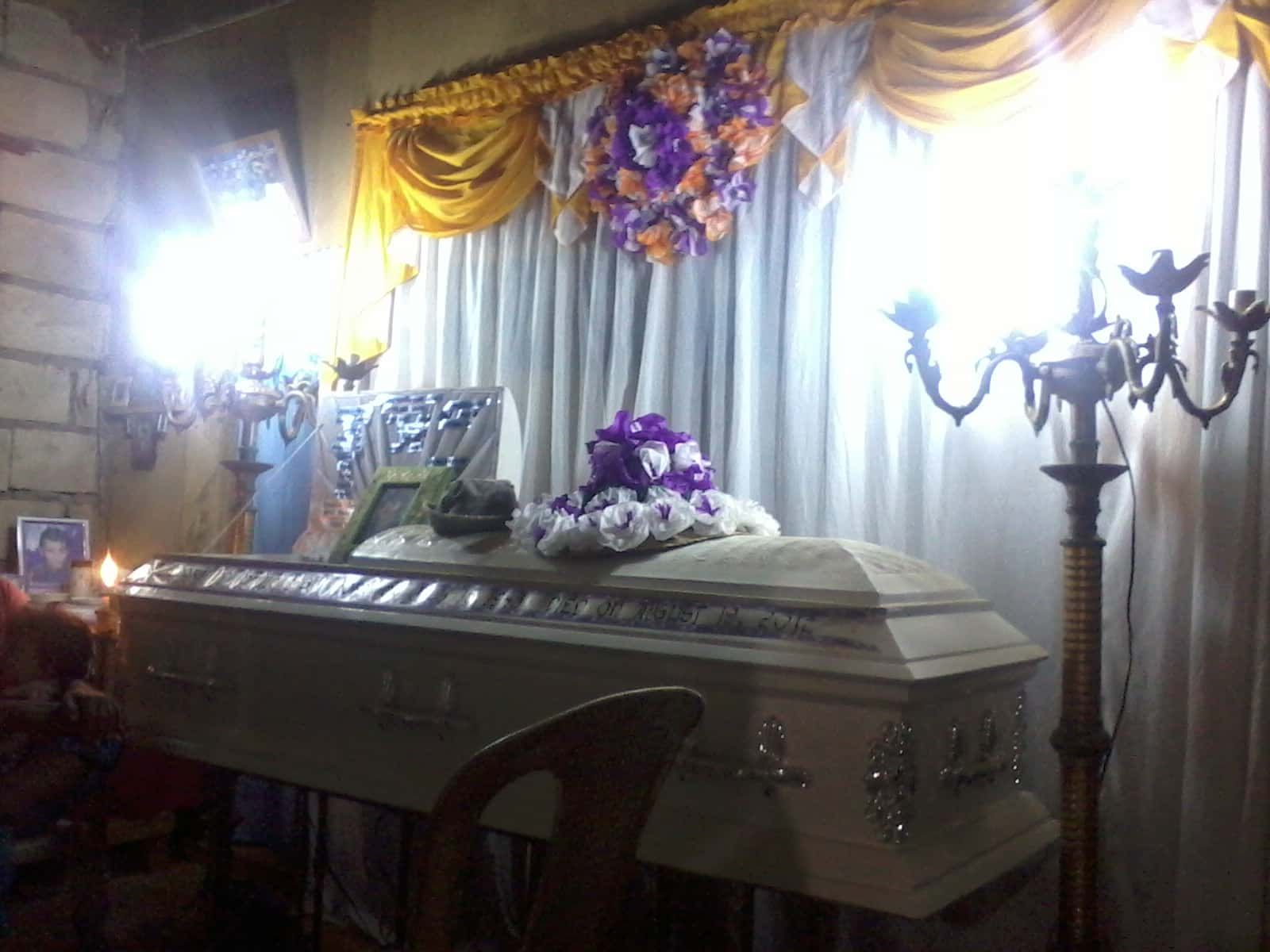
11. Smoking Dead
Close to the Benguet live the Tinguian people. They dress their corpses up in their best attire and sit them in a chair for some days, sometimes with a cigarette hanging from their lips.
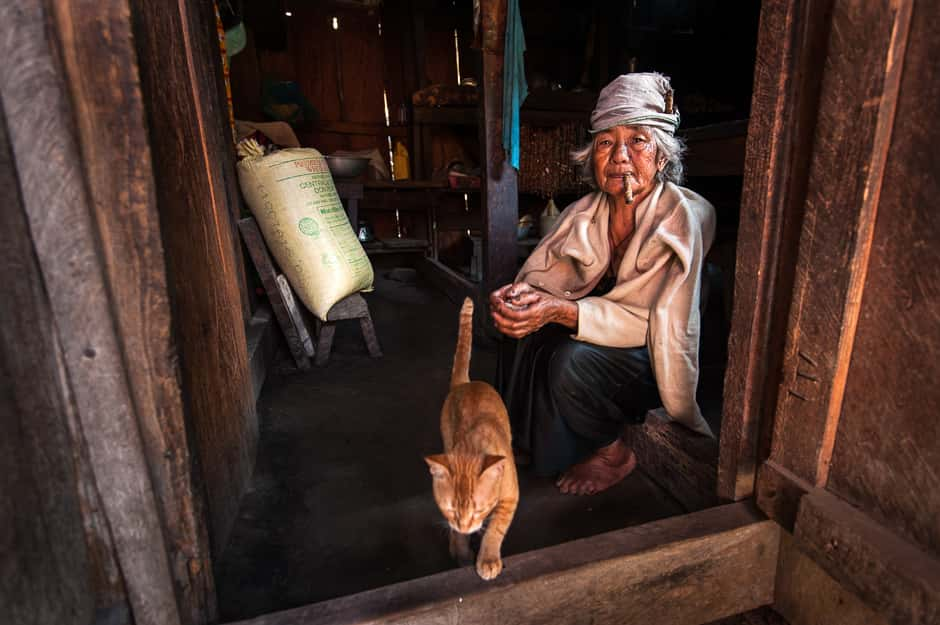
10. Dance With Family
Turning over in your grave, or as the Malagasy of Madagascar call it, Famadihana, doesn’t have to be a bad thing. Once every few years, a body is retrieved from its resting place and a celebration is thrown for them by their family. The turning of the bones, as it is known, is basically a big party where family members wrap the body in cloth and dance to music with them. The custom is based on the belief that the soul doesn’t exit the body immediately, but rather takes its time.

9. Vulture Feed
Many people believe in the process of renewal, where the soul moves on from the body, and many Vajrayana Buddhists of Tibet and Mongolia have sky burials to aid the process. After someone’s death, the body will be placed atop a mountain and left to naturally decompose and, you know, get eaten by scavengers. Instead of wasting the body, they use it to feed the rest of the surrounding life.

8. Self Made Mummy
The Japanese Vajrayana Buddhists outdo the Tibetan Vajrayana Buddhists with the act of Sokushunbutsu, which was an ascetic attempt of self-mummification while still alive. Yup, real, live, mummies. Considered an act of enlightenment, only 24 priests have been able to properly execute the act of starvation and mummification.
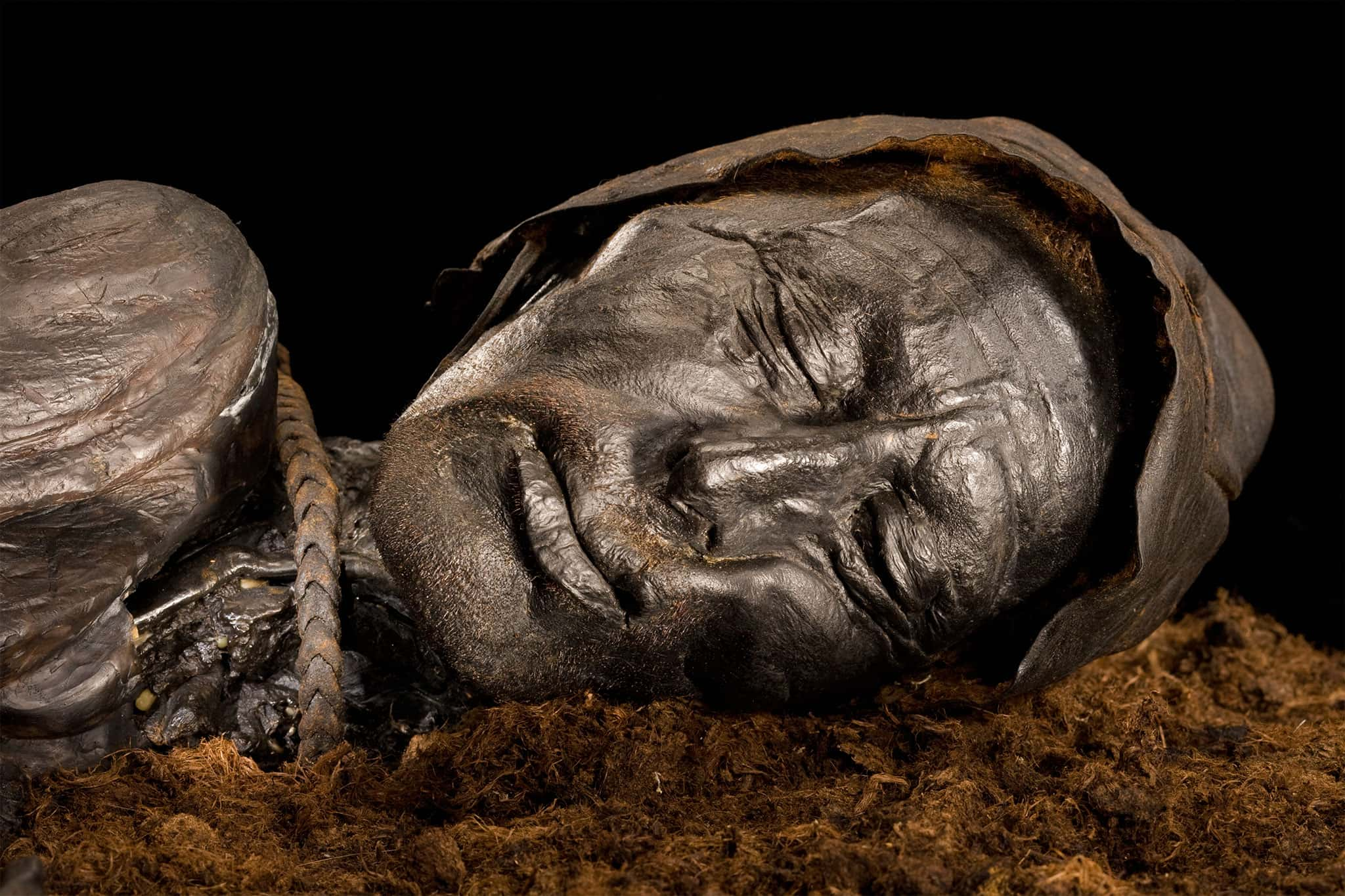
7. Joint Funeral
Though now obsolete, Sati was a funeral custom of ancient India. If a man died leaving a widow, he would be burned on a pyre and the widow would have to jump in and join him in death. Though Sati was often seen as voluntary, other cases involved forcing the widow to immolate herself.
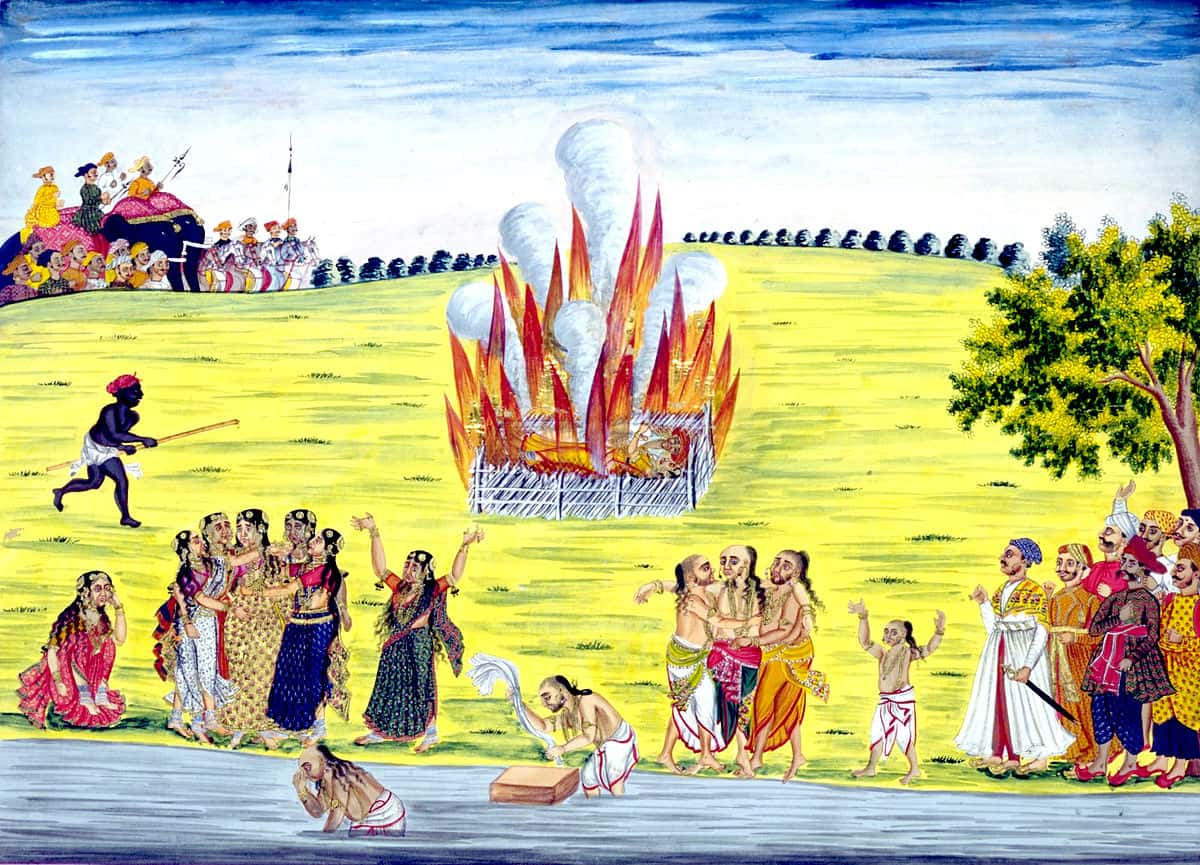
6. Hang On
Various locations in southern Asia feature a true sight to see: hanging coffins! There were a few ethnic tribes, most notably the Bo people of China, who hung coffins from the face of mountains and inside caves. They believed a soul would be blessed eternally by this burial—and that it would prevent beasts from taking the bodies.

5. FUNerals
Carpenters in the Greater Accra Region of Ghana have embraced building coffins as an art form. Tradition has developed for people to be buried in coffins which represent what they loved in life, and an artful figurative coffin is built specially for them. They can be anything, from roosters to battleships to a pack of cigarettes. In recent years the art world has taken notice, and a few carpenters have achieved international success.

4. Clean Bones
In Taiwan and parts of Vietnam the act of jiǎngǔ or boc mo is performed, where new generations of people dig up their ancestors' remains and care for them by cleaning their bones.

3. Chilling With Family
After burial, the Torajans of Indonesia celebrate their ancestors with the Ma’nane festival. During the festival, they will dig up relatives, care for their remains by cleaning them, and then take them out into the village for a walk. Ma’nane is a sort of second funeral, and families will hang out with their beloved dead relatives and even light up a smoke for them if they are craving some after-death nicotine.

2. Meh, Parents...
In Fiji, a sort of contained suicide was practiced by one tribe. If a family member found their parents to be too much of a burden, they would approach the parents and tell them so, beginning a process in which the parents decide either to be strangled by their children or buried alive. Two wonderful options.
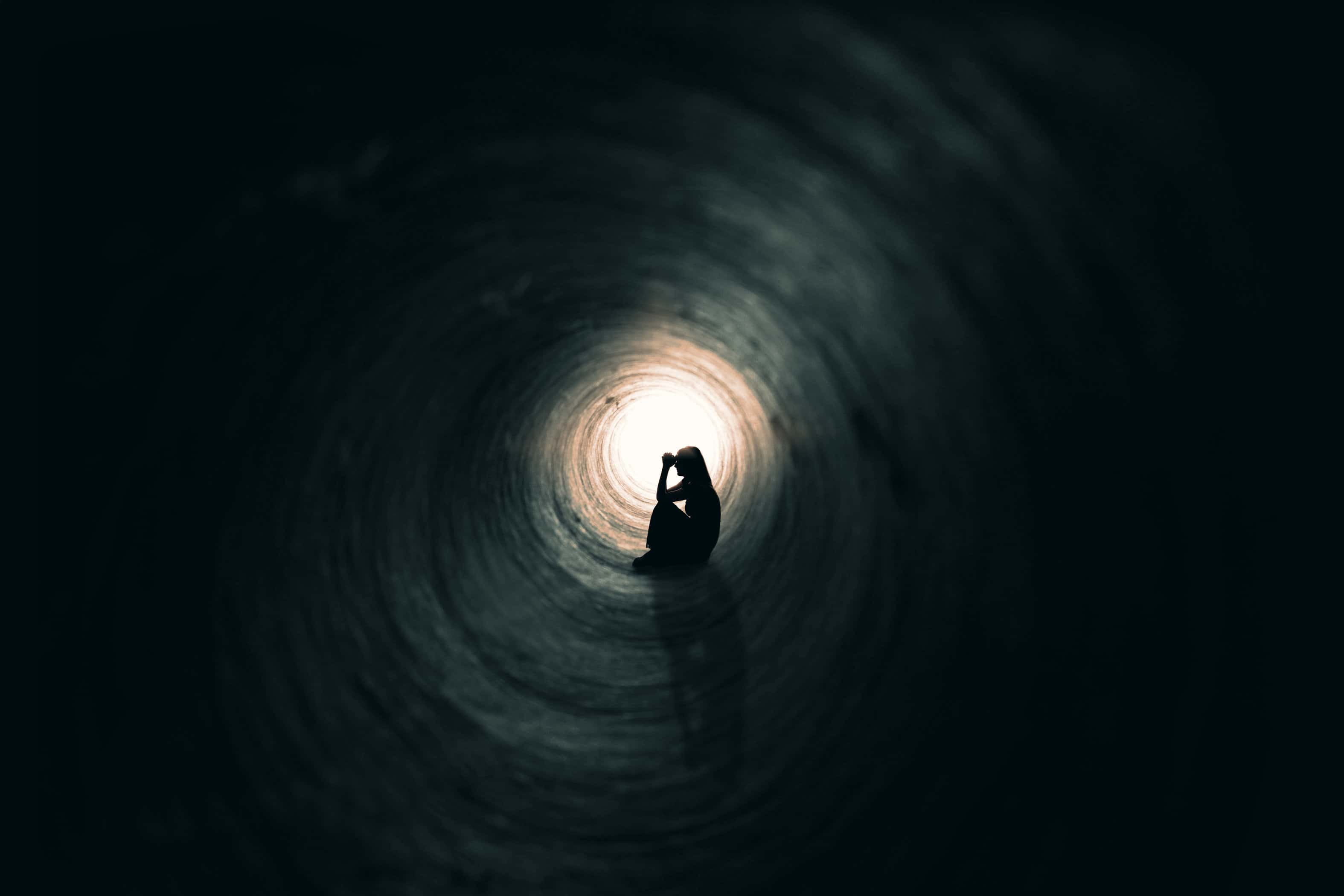
1. Join Your Partner
Another funeral tradition in Fiji was to strangle the loved ones of the deceased, who, it was believed, would then join the deceased in the afterlife. This culture believed that you entered the afterlife in the state you were last in while alive, so it was best to kill loved ones sooner before any potential disfigurements befell them.
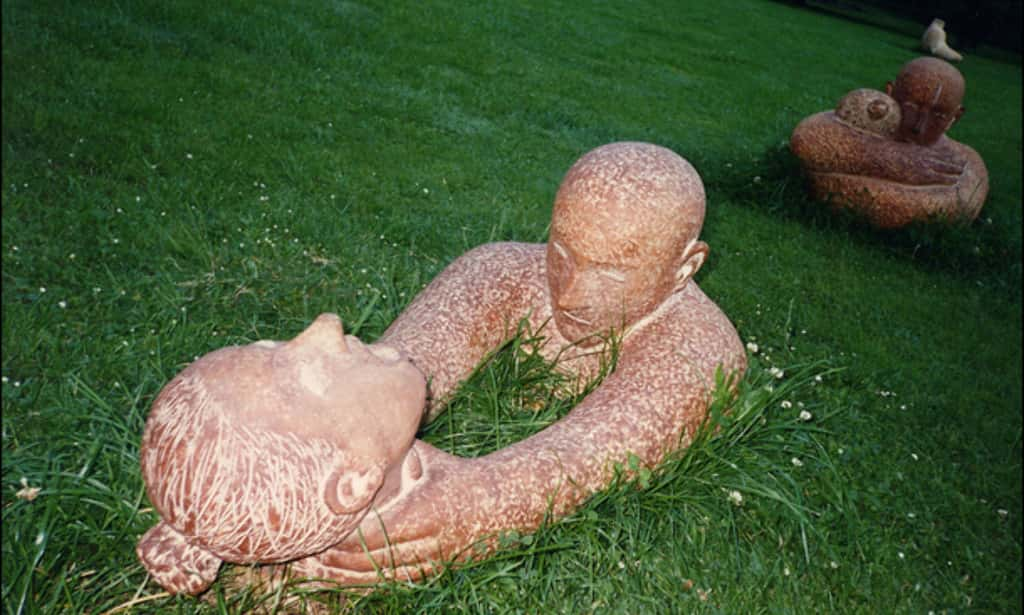
Sources: 1, 2, 3, 4, 5, 6, 7, 8, 9, 10, 11, 12, 13, 14, 15, 16, 17, 18, 19, 20









